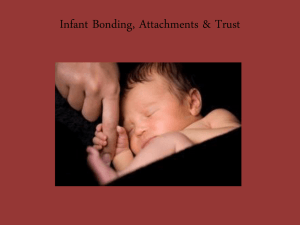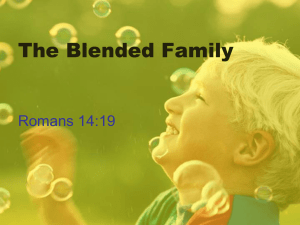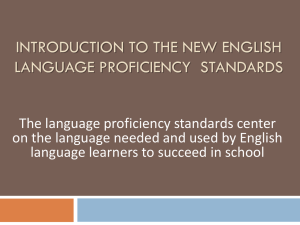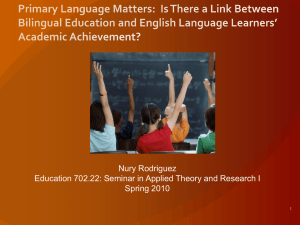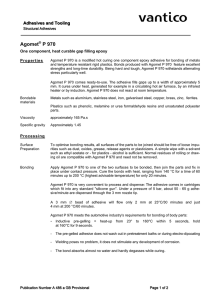to view Cynthia`s PowerPoint presentation.
advertisement
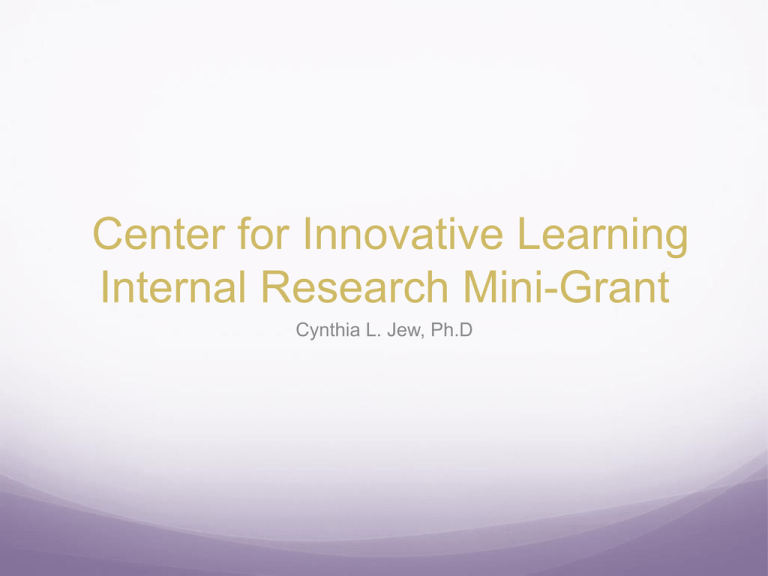
Center for Innovative Learning Internal Research Mini-Grant Cynthia L. Jew, Ph.D The Santa Clarita Valley International School and California Lutheran University, Graduate School of Education, Department of Counseling and Guidance are engaged in an collaborative research/intervention project with the eight and third grade. The nature of this project is to have a group of th leadership students from the 8 grade who will work with the third grade once a week on pro-social bonding skills. Pro-social bonding skills consist of community-building, open communication, relationship development and social skills. The team of eight –graders will be trained and monitored by Dr. Cynthia Jew. They will receive weekly training in Strengths –Based Leadership, 40 Developmental Assets Scale, Cultural Proficiency and play-based interventions. The project will run for 8 weeks. Created the activities based on the concepts of ProSocial Bonding and Cultural Proficiency CLU Senior: Emile Evenson worked with the concepts to develop cogent theoretical questions and presented at the Festival of Scholars Strengths Quest 40 Developmental Assets Scale (Pro-Social Bonding) Cultural Proficiency Pre and Post Survey (12 items) Post Interview with Students Festival of Scholars Cultural Proficiency Institute Dwight Shultz Grant Emilie Evenson and Dr. Cynthia Jew Department of Education, California Lutheran University Introduction: Pro-social bonding is important for having resiliency in a progressive and responsive classroom. In order to provide pro-social bonding in the classroom, the study arranged for an eighth grade leadership team to go into a third grade classroom and work on various leadership activities that facilitate pro-social bonding. This study is aimed at integrating the needs of all learners into one cohesive classroom. One university professor and one school counselor trained the students and one university student collected pre/post surveys of the students and parent climate were collected. Ten-eighth grade students were selected and trained in a collaborative leadership and forty developmental skills were then infused with the cultural efficiency model. After the training the eighth grade students were placed in the third grade classroom in teams with students to work on pro-social bonding activities and positive social modeling aimed integrating all the needs of the learners into one classroom. This project attempts to impact the classroom by providing a pilot leadership program from the resources present in the classroom. Results: A Pre-Survey was given in the first week to the parents. A Post Survey for the parents with Extended Interviews of the learners is yet to be conducted. Examples of Curriculum: First Session: Pro Social Bonding (Skill of Social) Activity : What's in a Name (Name tags and Group Name): Cultural Proficiency Essential Element: Assessing Cultural Knowledge Pro- Social Bonding: Pro-social bonding is a vital part in a person's ability to form social relationships, adapt to change, and self -esteem. Pro-social bonding is the interactions a child has with family, peers, and school. The bonding interactions that the child learns from his or her family, peers, and school form the foundations of a child's social bonding future. Pro-social bonding fosters social competence, emotional competence, confidence, and selfefficacy. All these components are important for resiliency in a progressive and responsive classroom. Examples of the Survey Questions: • I feel that the needs of diverse learners are being addressed in the third grade. • I feel that my child is being encouraged to get along with all the learners in the third grade. • I feel like there is a spirit of cooperation present in the third grade. • I feel that my child gets along well on the playground. Cultural Proficiency: Culture proficiency is the ability to efficiently interact, communicate, and understand people of different cultures and backgrounds. For one to be culturally proficient it is important to know one's own culture, knowledge of other cultural practices, and a positive attitude toward other cultures. In order to have cultural proficiency in the classroom is crucial for both the individual and institution to both be culturally proficient. Second Session: Pro Social Bonding (Skill of Social) Activity: You are my friend and I didn't know: Cultural Proficiency Essential Element: Valuing Diversity Third Session: Pro Social Bonding (Skill of Conflict Mediation ) Role play conflict and observers say "How can I help?": Cultural Proficiency Essential Element: Managing the Dynamics of Difference Fourth Session: Pro Social Bonding (Skill of Team Building) Leaders led a group exercise in which the learners were asked to lock arms behind their back and stand up. The more they worked together the more successful. Cultural Proficiency Essential Element: Adapting to Diversity Fifth through Eighth Sessions: Pro-Social Bonding (Celebrating What we have Learned) Activity: A movie of the groups demonstrating their answer to What Kind of Leaders are we? Cultural Proficiency Essential Element: Institutionalizing Cultural Knowledge. Acknowledgements: I would like to thank Santa Clarita International Charter School for participating in this study.
